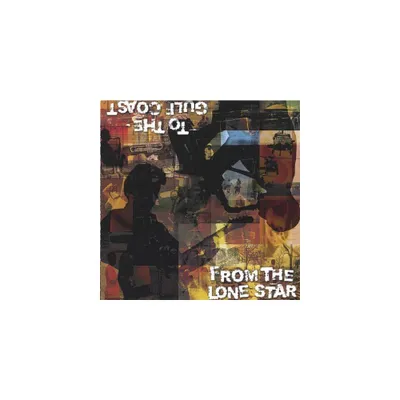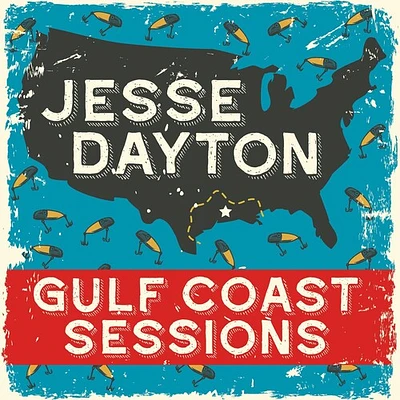Home
the Texas Lowcountry: Slavery and Freedom on Gulf Coast, 1822-1895
Loading Inventory...
Barnes and Noble
the Texas Lowcountry: Slavery and Freedom on Gulf Coast, 1822-1895
Current price: $45.00


Barnes and Noble
the Texas Lowcountry: Slavery and Freedom on Gulf Coast, 1822-1895
Current price: $45.00
Loading Inventory...
Size: Hardcover
*Product Information may vary - to confirm product availability, pricing, and additional information please contact Barnes and Noble
In
The Texas Lowcountry: Slavery and Freedom on the Gulf Coast, 1822–1895
, author John R. Lundberg examines slavery and Reconstruction in a region of Texas he terms the lowcountry—an area encompassing the lower reaches of the Brazos and Colorado Rivers and their tributaries as they wend their way toward the Gulf of Mexico through what is today Brazoria, Fort Bend, Matagorda, and Wharton Counties. In the two decades before the Civil War, European immigrants, particularly Germans, poured into Texas, sometimes bringing with them cultural ideals that complicated the story of slavery throughout large swaths of the state. By contrast, 95 percent of the white population of the lowcountry came from other parts of the United States, predominantly the slaveholding states of the American South. By 1861, more than 70 percent of this regional population were enslaved people—the heaviest such concentration west of the Mississippi. These demographics established the Texas Lowcountry as a distinct region in terms of its population and social structure. Part one of
The Texas Lowcountry
explores the development of the region as a borderland, an area of competing cultures and peoples, between 1822 and 1840. The second part is arranged topically and chronicles the history of the enslavers and the enslaved in the lowcountry between 1840 and 1865. The final section focuses on the experiences of freed people in the region during the Reconstruction era, which ended in the lowcountry in 1895. In closely examining this unique pocket of Texas, Lundberg provides a new and much needed region-specific study of the culture of enslavement and the African American experience.
The Texas Lowcountry: Slavery and Freedom on the Gulf Coast, 1822–1895
, author John R. Lundberg examines slavery and Reconstruction in a region of Texas he terms the lowcountry—an area encompassing the lower reaches of the Brazos and Colorado Rivers and their tributaries as they wend their way toward the Gulf of Mexico through what is today Brazoria, Fort Bend, Matagorda, and Wharton Counties. In the two decades before the Civil War, European immigrants, particularly Germans, poured into Texas, sometimes bringing with them cultural ideals that complicated the story of slavery throughout large swaths of the state. By contrast, 95 percent of the white population of the lowcountry came from other parts of the United States, predominantly the slaveholding states of the American South. By 1861, more than 70 percent of this regional population were enslaved people—the heaviest such concentration west of the Mississippi. These demographics established the Texas Lowcountry as a distinct region in terms of its population and social structure. Part one of
The Texas Lowcountry
explores the development of the region as a borderland, an area of competing cultures and peoples, between 1822 and 1840. The second part is arranged topically and chronicles the history of the enslavers and the enslaved in the lowcountry between 1840 and 1865. The final section focuses on the experiences of freed people in the region during the Reconstruction era, which ended in the lowcountry in 1895. In closely examining this unique pocket of Texas, Lundberg provides a new and much needed region-specific study of the culture of enslavement and the African American experience.

















